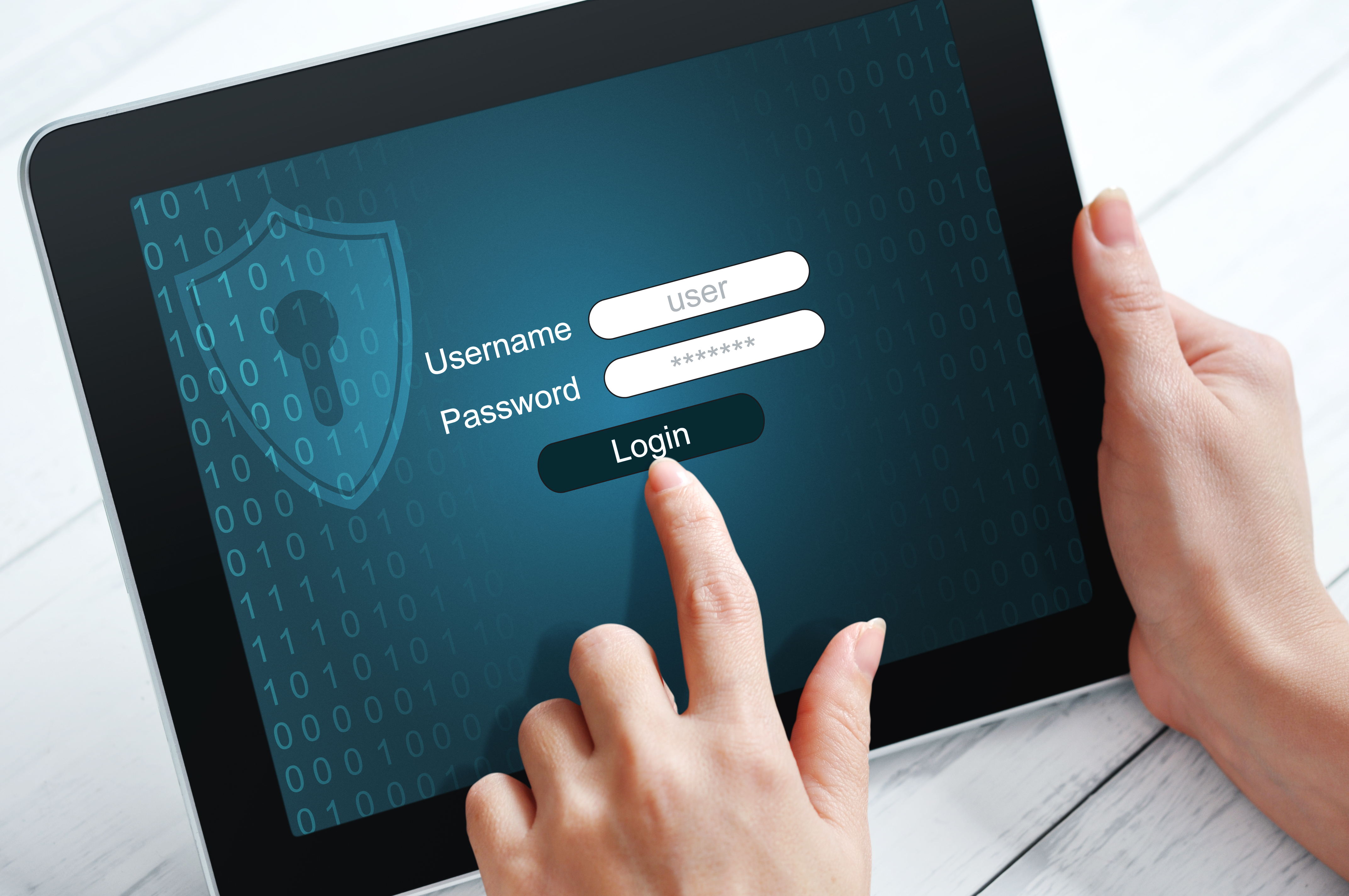Researchers have identified an exceptionally unusual cosmic object known as a Long Period Radio Transient (LPT), named CHIME J1634+44.
Recent News
Astronomers Discover Massive Molecular Cloud Hidden in Milky Way
In a new study published in the Astrophysical Journal, researchers using the U.S. National Science Foundation Green Bank Telescope (NSF GBT) have peered into a molecular cloud known as M4.7-0.8, nicknamed the Midpoint cloud. Their observations have revealed a dynamic region bustling with activity, including potential sites of new star formation.
Galactic Mystery: How “Ice Cubes” Survive in the Milky Way’s Blazing Bubbles
A team of astronomers has made a surprising discovery using the U.S. National Science Foundation Green Bank Telescope (NSF GBT): eleven fast-moving clouds of cold, neutral hydrogen gas—akin to “ice cubes”—surviving deep inside the Fermi Bubbles.
Three Indispensable Tips for Creating Secure Passwords

At Woodstar Labs, we’re committed to helping you protect your digital life. In celebration of World Password Day, we’re sharing three indispensable tips based on the latest guidance from the National Institute of Standards and Technology (NIST). Let’s dive in!
1. Make It Long and Memorable
When creating a password, length matters more than complexity. Aim for a minimum of 12 characters, and don’t be afraid to go even longer! Combine words or phrases that have personal meaning to you, making them easy to remember but hard for others to guess. For example, “CatsLoveTuna2023” or “MySonsFavoriteColorIsBlue” are both strong options that will give hackers a run for their money.
2. Avoid the Obvious and Embrace Unpredictability
It’s crucial to avoid easily guessable passwords like “123456,” “password” or your pet’s name. Instead, opt for a mix of uppercase and lowercase letters, numbers and special characters. However, don’t overdo it. Making your password too complex may cause you to forget it, defeating the purpose. The trick is to strike a balance between memorability and unpredictability, so get creative!
3. Use a Password Manager to Stay Organized and Secure
One of the biggest challenges of maintaining strong passwords is keeping track of them all. Therfore, a password manager comes in handy. These tools not only store your passwords securely, but also generate complex passwords on your behalf. By using a reputable password manager, you can ensure that each of your accounts has a unique and strong password without straining your memory.
There you have it – three tips to help you celebrate World Password Day by enhancing your online security! Remember, a little effort now can save you a lot of headache later, so be proactive and secure your digital life. Stay safe, and happy World Password Day!
About Woodstar Labs
Woodstar Labs is a leading non-profit cybersecurity services provider, specializing in comprehensive solutions for federal and state government agencies, as well as small to mid-size businesses.
Recent News
Space’s Spinning Enigma: A ‘Unicorn’ Object Defies Astrophysics
Researchers have identified an exceptionally unusual cosmic object known as a Long Period Radio Transient (LPT), named CHIME J1634+44.
Astronomers Discover Massive Molecular Cloud Hidden in Milky Way
In a new study published in the Astrophysical Journal, researchers using the U.S. National Science Foundation Green Bank Telescope (NSF GBT) have peered into a molecular cloud known as M4.7-0.8, nicknamed the Midpoint cloud. Their observations have revealed a dynamic region bustling with activity, including potential sites of new star formation.
Galactic Mystery: How “Ice Cubes” Survive in the Milky Way’s Blazing Bubbles
A team of astronomers has made a surprising discovery using the U.S. National Science Foundation Green Bank Telescope (NSF GBT): eleven fast-moving clouds of cold, neutral hydrogen gas—akin to “ice cubes”—surviving deep inside the Fermi Bubbles.
